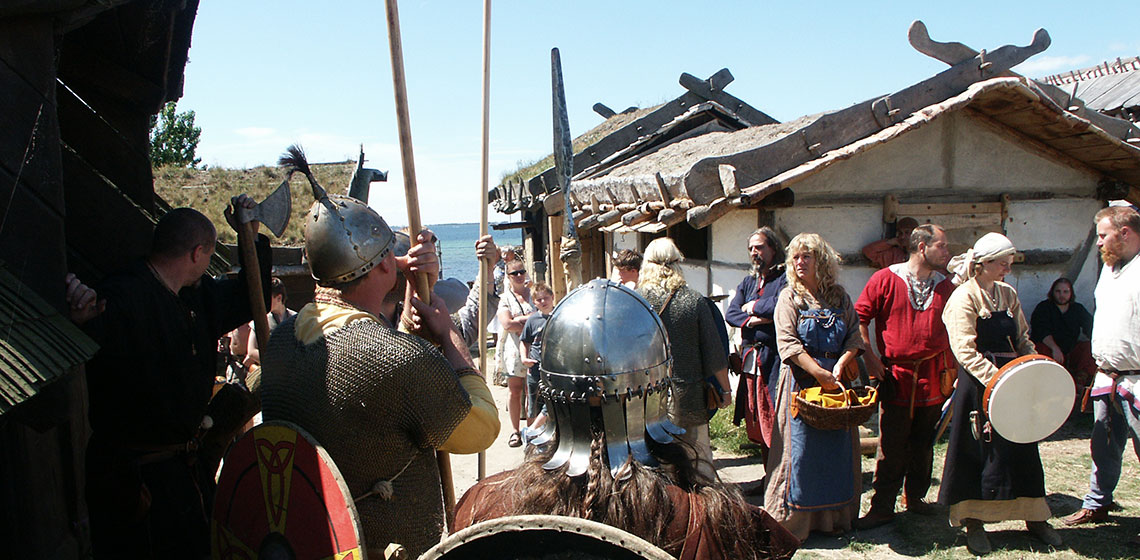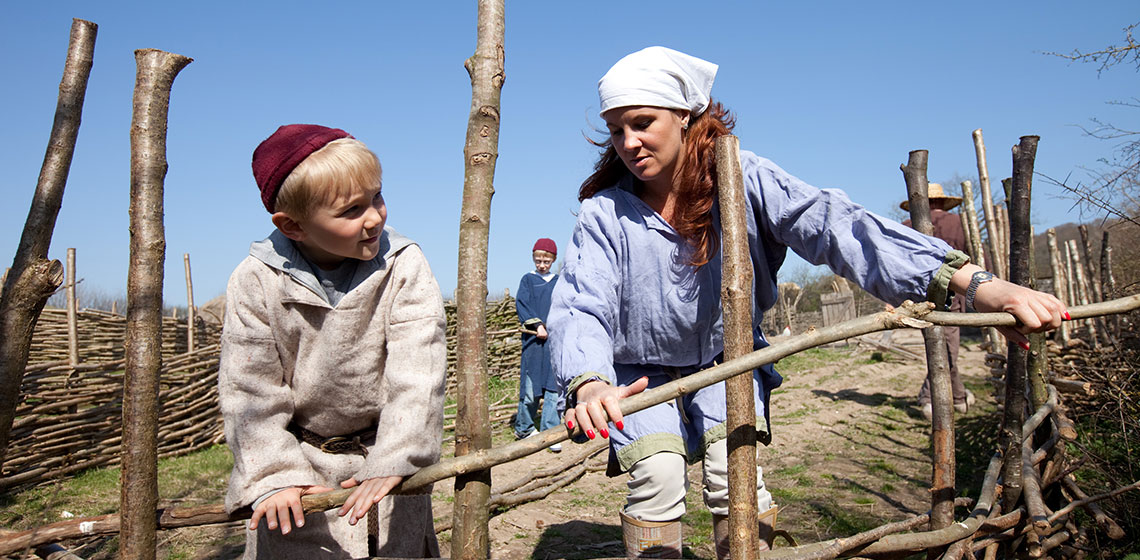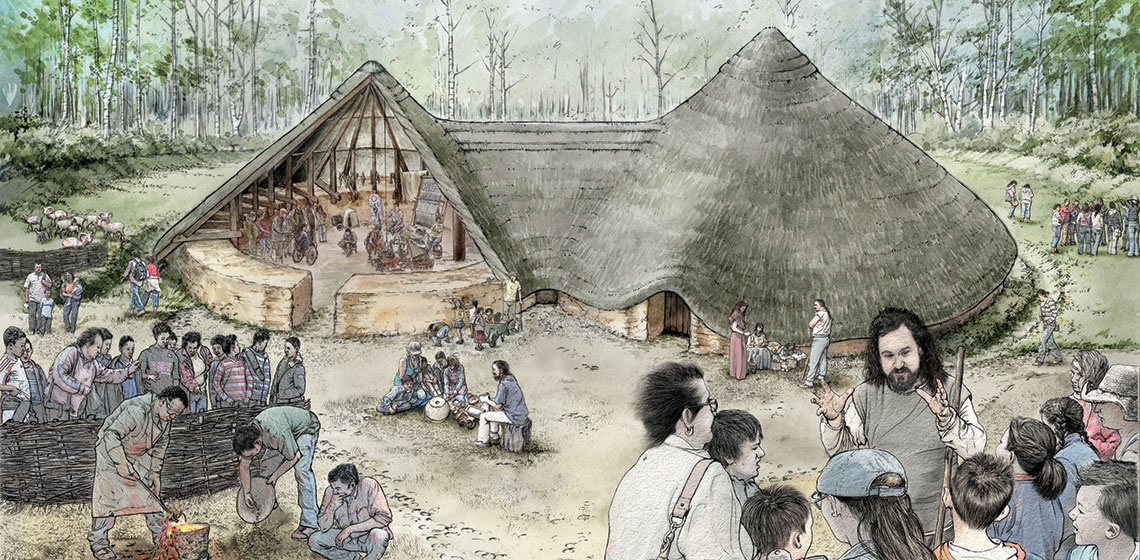Archaeological Open-Air Museum
Towards a Best Practise of Volunteer Use Within Archaeological Open-air Museums: an Overview with Recommendations for Future Sustainability and Growth
Musée Gallo-Romain de Saint-Romain-en-Gal - Vienne (FR)
Thirty kilometres to the south of Lyon and on the right bank of the Rhône River, the archaeological site of Saint-Romain-en-Gal – Vienne offers more than three hectares (7.5 acres) of archaeological vestiges of a neighbourhood of the Roman city of Vienne.
During Antiquity, Vienne, as it was known, was the capital of a vast territory covering the Dauphiné and Savoy regions that stretched over each side of the Rhône.
Playing with the Past? Or Saving Our Future?
Stiklestad Nasjonale Kultursenter AS (NO)
Stiklestad is the battlefield where King Olav Haraldsson fell 29. July 1030, and he became known as St. Olav. The battle of Stiklestad represents the introduction of Christianity in Norway. The consequences of the battle were huge and led to that Norway got its first kingdom which eventually led to the state of Norway. Christianity was accepted as the only legal religion, after the killing of the Viking king Olav Haraldsson here. He became a saint and is today known worldwide as the saint of unification. The battle and the saint king made it possible for Stiklestad to act as a symbol of both Christianity and the kingdom.
The Stiklestad National Culture Centre has since 1996 been responsible for disseminating knowledge about St Olav. "The St Olav Drama" is presented on an open air stage at Stiklestad every year at the end of July. This is the oldest and largest open air theatre in Scandinavia. The centre offers exciting exhibitions, the Olav Museum, burial mounds and a Folk Museum. Throughout the year there are concerts, theater performances and family arrangements here. Today the centre also includes a culture house, a medieval farm Stiklastadir as well as an open air theatre and a hotel.
Keltendorf Mitterkirchen (AT)
At Mitterkirchen, in the local area called Lehen you will get acquainted with the life back 2700 years ago, in the Iron Age period referred to as the Hallstatt Era. Excavations of about 80 graves took place here in the 1980s leading to the construction of an archaeological open-air museum with over 20 houses and workshops.
At Mitterkirchen, in the local area called Lehen you will get acquainted with the life back 2700 years ago, in the Iron Age period referred to as the Hallstatt Era. Excavations of about 80 graves took place here in the 1980s leading to the construction of an archaeological open-air museum with over 20 houses and workshops...
Vitlycke Museum (SE)
Vitlycke Museum is an experiential and educative centre for the World Heritage Site at Tanum. We aim to enlighten the public by explaining the Bronze Age and the World Heritage Site and to increase the awareness and interest about this period, its locational context and our rock carvings. This is carried out by way of our pedagogic and public activities aimed at schools, groups of visitors and individuals through our exhibitions, the reconstructed Bronze Age settlement and by inviting the public to visit the rock carvings.
Vitlycke Museum is an experiential and educative centre for the World Heritage Site at Tanum. We aim to enlighten the public by explaining the Bronze Age and the World Heritage Site and to increase the awareness and interest about this period...
Access to Cultural Heritage Sites for All
From Celtic Village to Iron Age Farmstead: Lessons Learnt from Twenty Years of Building, Maintaining and Presenting Iron Age Roundhouses at St Fagans National History Museum
***This article summarises the main issues that were faced in running a group of reconstructed Iron Age roundhouses as an educational and visitor resource at St Fagans National History Museum from 1992 until 2013. Plans to build a new Iron Age farmstead at St Fagans are then outlined along with the steps...
Tangible and Intangible Knowledge: the Unique Contribution of Archaeological Open-Air Museums
***Over the years my personal research interests have focussed on the less tangible elements of the past, such as gender issues, perishable material culture, and the sensory worlds of the past, but all of these have been underpinned by a longstanding appreciation of the role experimental archaeology can play as...









